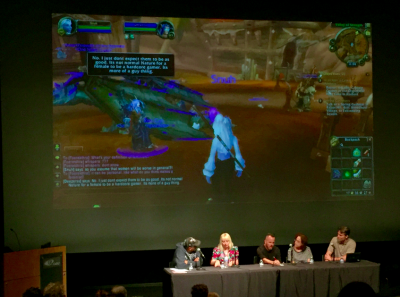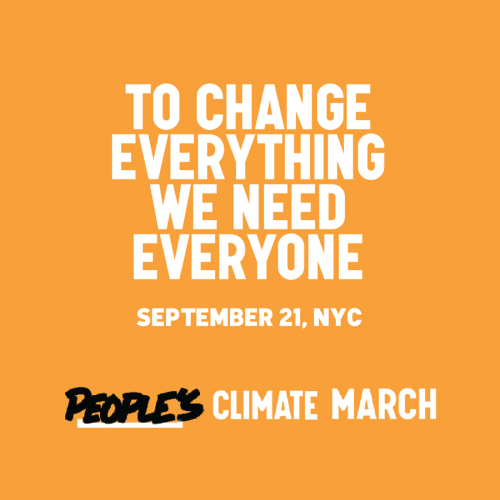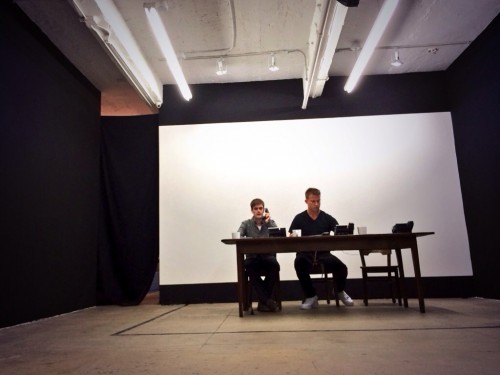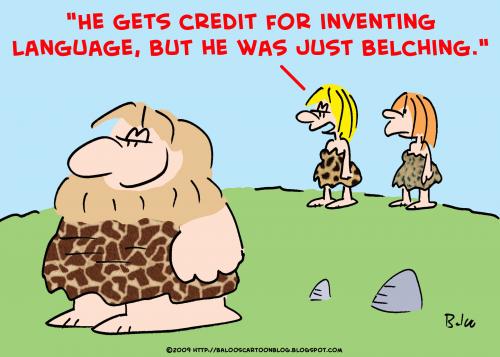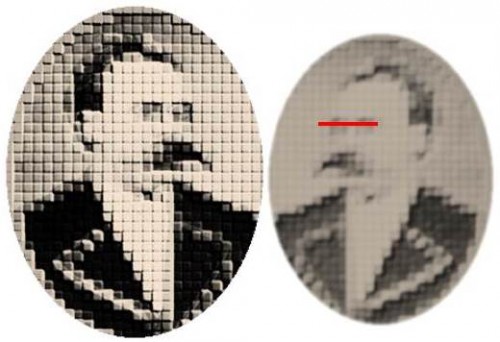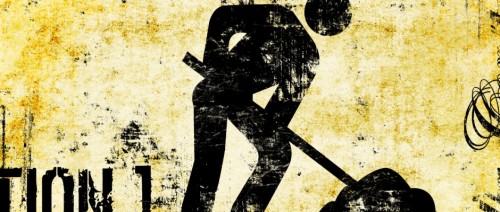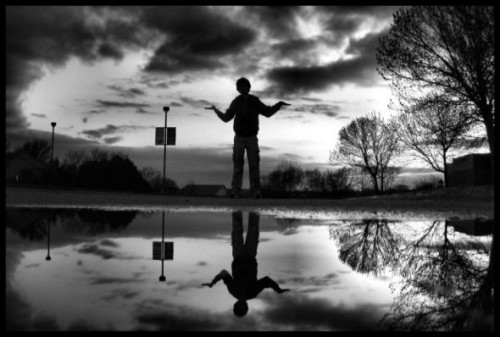Augmented reality makes odd bed fellows out of pleasure and discomfort. Overlaying physical objects with digital data can be fun and creative. It can generate layered histories of place, guide tourists through a city, and gamify ordinary landscapes. It can also raise weighty philosophical questions about the nature of reality.
The world is an orchestrated accomplishment, but as a general rule, humans treat it like a fact. When the threads of social construction begin to unravel, there is a rash of movement to weave them back together. This pattern of reality maintenance, potential breakdown and repair is central to the operation of self and society and it comes into clear view through public responses to digital augmentation.
A basic sociological tenet is that interaction and social organization are only possible through shared definitions of reality. For meaningful interaction to commence, interactants must first agree on the question of “what’s going on here?”. It is thus understandable that technological alteration, especially when applied in fractured and nonuniform ways, would evoke concern about disruptions to the smooth fabric of social life. It is here, in this disruptive potential, that lie apprehensions about the social effects of AR. more...


